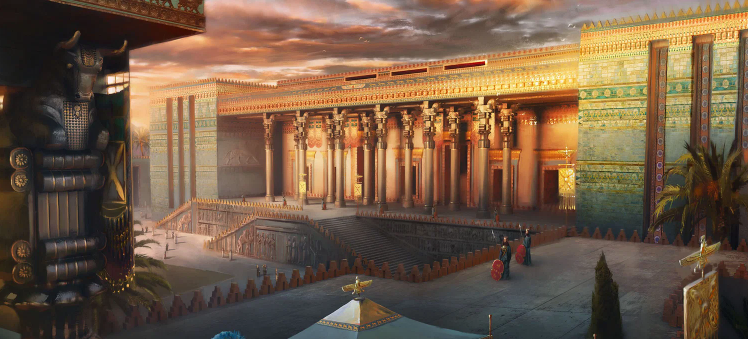Poscaean Pantheon
Monotheistic
Lead Deity: Nurukha The spirit of Fire
State Religion of: Larsiphon, Uraia, Askozia
Tebula (Te - bew - la): Deity of strategy and writing
Kalestroa: Deity of healing and the hearth
Kranor: Deity of art and weaponry
Melik, Maklik, and Melih: Triplet deities of fear
Midias: Deity of law, stability, and status quo
Nersu: Deity of medicine
Rhombor: Deity of the seas and trade (Borrowed from Ghiskan)
Sophor: Deity of knowledge and healing
Thazor: Deity of the underworld
Telis: Deity of time and the balance of life
Zoro: Deity of war
Lead Deity: Nurukha The spirit of Fire
State Religion of: Larsiphon, Uraia, Askozia
Notable Gods
The big four
Nurukha: Head deity, keeper of the fireTebula (Te - bew - la): Deity of strategy and writing
Kalestroa: Deity of healing and the hearth
Kranor: Deity of art and weaponry
Minor gods
Kidta: Deity of Harvest and growthMelik, Maklik, and Melih: Triplet deities of fear
Midias: Deity of law, stability, and status quo
Nersu: Deity of medicine
Rhombor: Deity of the seas and trade (Borrowed from Ghiskan)
Sophor: Deity of knowledge and healing
Thazor: Deity of the underworld
Telis: Deity of time and the balance of life
Zoro: Deity of war
Beliefs
The Poscaeans very specifically call their gods "deities" in their language. This is a purposeful development to separate and proclaim their gods of higher importance and are generally better than the other pantheons which worship "Gods". Deities are also regarded as something so entirely separate from humans that the Poscaeans would sooner prescribe their likeness to objects and non animate beings. For example, no Poscaean sees Nurukha as some elderly man watching from above, but Nurukha is literally and metaphorically a flame existing in the heavens and on Kronis. Nurukha is the chief among the deities and often is worshipped along with only a selection of the other deities. Nurukha is said to bestow the "fire" of life and a drive to success. For a warrior this means extreme prowess in battle, and for a worker this means excelling at their craft.Founding
The Poscaean Pantheon's founding is perhaps the most accurately pinned founding of all the ancient Pantheons. It is still mostly vague, but the stories of Tebula, Thazor, and Zoro most prominently originated in the south of the Subcontinent of Lukon while Kalestroa, Sophor, and Telis are most prominent in the north. The other gods, namely Nurukha and Kranor came out of the Poscaean capital of Poscas, where the religion was converged and normalized throughout the entire culture.History
The Poscaean Pantheon was officially merged and supported with the rise of the Poscaean Empire around 150 BR, and reached its height with the empire in 0 AR when the world's first ever empire came to light. Indeed, the warriors of Poscaea were incredibly talented, and lent credence to the belief in Nurukha's fire. However, the Poscaean Pantheon took a mighty hit when the Seleutine Empire, utilizing cohesion and unit tactics, utterly decimated Poscaean armies at nearly every encounter. From that point on, the Poscaean Pantheon was viewed as inferior by many outsiders. Throughout the 100s and 200s AR, Neo Poscaea kept the belief well and alive in Barakon. In 120 AR, the neighboring State of Rilla, having thrown off the yoke of their Balan overlords, fully embraced the religion, and would go on to create the Rillan Empire.Enforcement
For the Poscaeans, there was no real enforcement of this Pantheon. They rely primarily on its allure to power and the ability to achieve one's goals through the deities. The reaction towards those who rejected the Poscaean Pantheon was simply that they were missing out on the spiritual power and backing one could have in their life. Indeed, the successes of Poscaeans drove this religion's spread, and in reality this keeps the religion well alive even after the complete collapse of the Poscaean and Neo Poscaean Empires.
Type
Religious, Pantheon



Comments